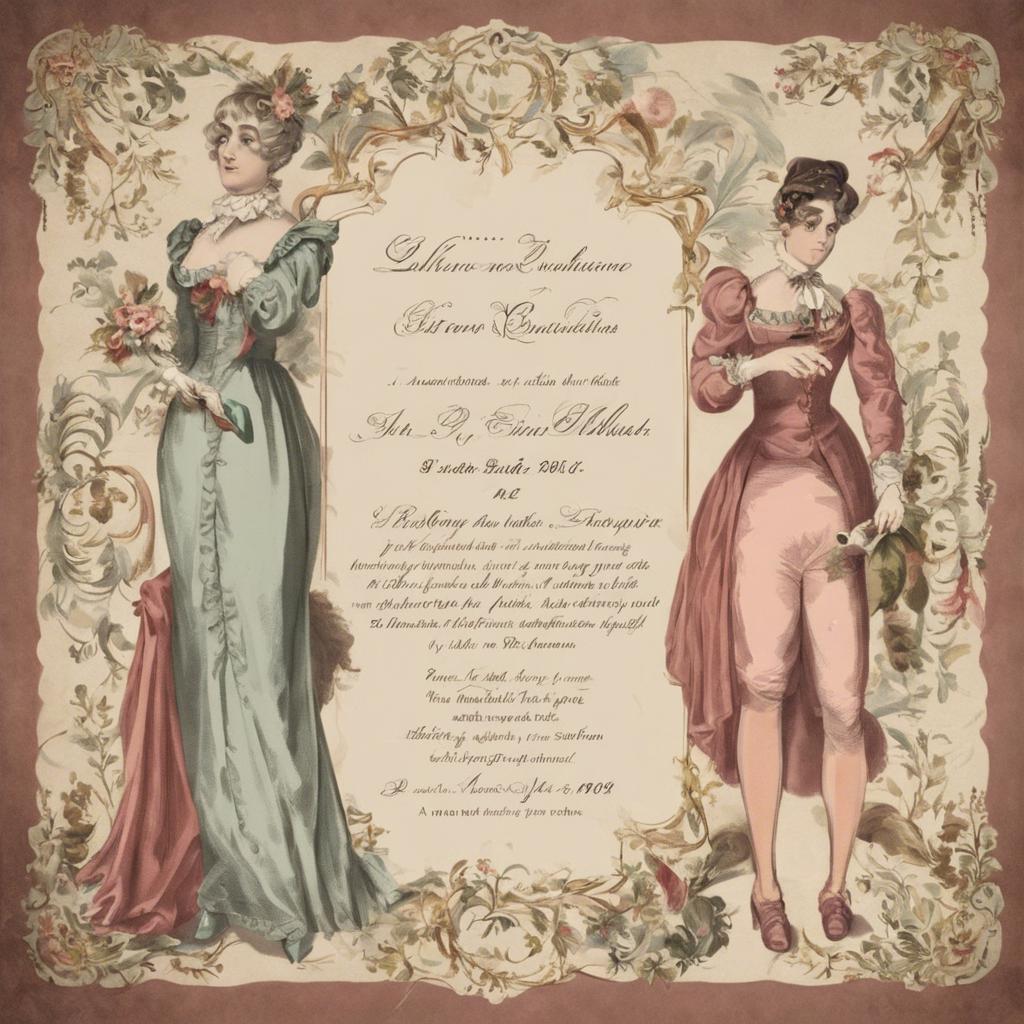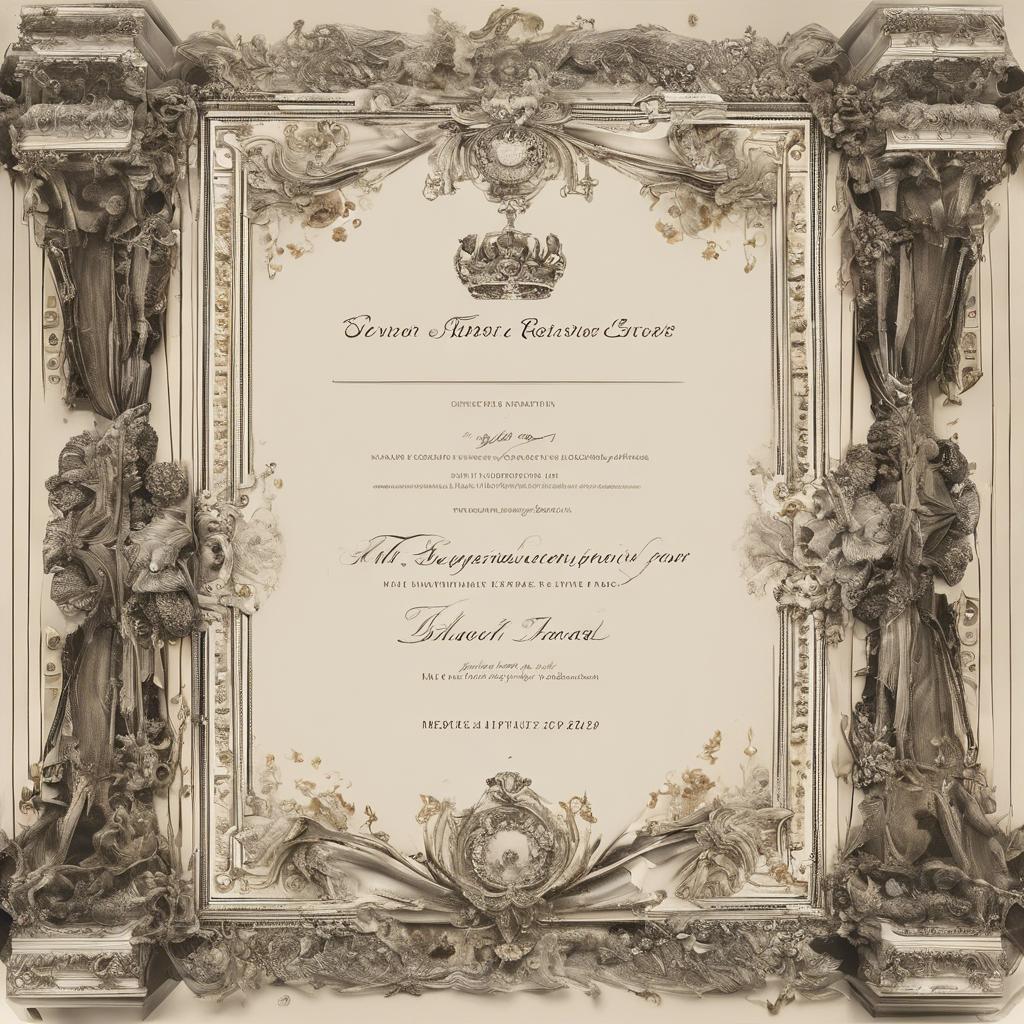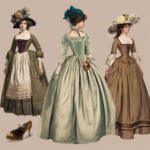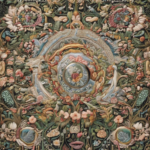During the Regency era in early 19th century England, social norms and etiquette played a significant role in shaping interactions among the aristocracy. One of the most important aspects of social life during this period were the elaborate invitations that were sent out for various events and gatherings. These invitations were not only a means of communication, but also a reflection of one’s status and standing within society. In this article, we will delve into the intricate world of Regency era invitations, exploring their significance and the elaborate customs that surrounded them. Join us as we step back in time and discover the art of invitation during this unique period in history.
Step Into the World of Cheryl Bolen
Dive into the enchanting stories of love, intrigue, and elegance set in the Regency Era. Cheryl Bolen's novels offer timeless romance and captivating tales that will leave you wanting more.
Explore Cheryl Bolen's Books Now
Regency Era Invitation Etiquette: A Comprehensive Guide
In the Regency era, invitations were an essential tool for social interaction among the nobility. Understanding the proper etiquette for sending and receiving invitations was crucial to maintaining one’s reputation and social standing. Guests were expected to respond promptly and appropriately to invitations, following a strict set of rules and customs.
Key Points to Remember:
- Formal Language: Invitations were written in a formal and polite language, often using flowery phrases and elegant prose.
- Handwritten Invitations: Invitations were always handwritten, reflecting the personal touch and effort put into the invitation.
- Social Hierarchy: The social hierarchy was important when sending invitations, with higher-ranking individuals receiving invitations first.
Replying to Invitations:
- RSVP: Guests were expected to reply to invitations promptly, either accepting or declining the invitation.
- Regretting Politely: If unable to attend, guests were expected to send a polite and gracious response, expressing regret for their absence.
- Dress Code: Invitations often included a recommended dress code, guiding guests on appropriate attire for the event.
| Event | Dress Code |
|---|---|
| Ballroom Dance | Formal attire, including ball gowns for ladies and suits for gentlemen. |
| Village Fair | Casual attire, such as simple dresses and trousers. |
| Afternoon Tea | Semi-formal attire, such as tea dresses and smart casual for gentlemen. |
Materials and Design: Craftsmanship of Regency Era Invitations
The craftsmanship of Regency era invitations was a true reflection of the elegance and sophistication of the time. These invitations were meticulously designed using the finest materials available, showcasing the wealth and status of the host.
The materials used in crafting Regency era invitations were carefully selected to create a sense of luxury and opulence. Fine paper, often imported from France, was used as the base for the invitation. Intricate designs and embellishments, such as embossing, gilding, and hand-painted details, were added to create a lavish and extravagant look.
Each invitation was a work of art, showcasing the talent and skill of the craftsmen who created them. The attention to detail, from the choice of paper to the design elements, was unparalleled. Regency era invitations were not just a means of communication, but a statement of style and refinement.
Customizing Your Regency Era Invitations: Tips and Recommendations
Choosing the Right Paper: When customizing your Regency era invitations, it is crucial to select the appropriate paper that complements the elegant and sophisticated style of the time period. Opt for high-quality parchment or a textured paper to replicate the look and feel of authentic Regency invitations.
Embossing and Typography: To add an extra touch of luxury to your invitations, consider incorporating embossing techniques for a raised design or monogram. Additionally, pay close attention to the typography used for the text, selecting a classic and ornate font that is reminiscent of Regency era aesthetics.
Sealing Wax and Ribbons: An iconic element of Regency era invitations is the use of sealing wax and ribbons to adorn the final product. Choose a wax seal with a design that reflects the theme of your event, and finish off the invitation with a delicate satin ribbon for a truly authentic touch.
Delivery and Response: Navigating the Social Dynamics of Regency Era Invitations
In the Regency era, receiving an invitation was not simply a matter of confirming attendance. It was a delicate dance of proper social etiquette and response. When a formal invitation arrived, it was crucial to handle it with the utmost care and attention to detail. The manner in which one delivered and responded to an invitation said a great deal about one’s status and social standing within Regency society.
Delivery of Invitations:
- Invitations were often hand-delivered by a servant or a member of the hosting family.
- They were typically written on fine paper with elegant calligraphy and sealed with wax.
- The recipient was expected to receive the invitation with gratitude and show appreciation for the host’s thoughtfulness.
Response to Invitations:
- RSVPs were not common in the Regency era, so a prompt and polite response was essential.
- It was customary to respond to an invitation within a day or two of receiving it.
- Failure to respond in a timely manner was seen as a breach of etiquette and could result in social consequences.
Social Dynamics:
- Accepting or declining an invitation was a nuanced decision that took into account one’s social obligations and relationships.
- The acceptance or refusal of an invitation could have a significant impact on one’s reputation within Regency society.
- Navigating the social dynamics of Regency era invitations required finesse, tact, and an understanding of the intricate hierarchy of the time.
Concluding Remarks
the regency era welcomed a sophisticated and meticulous approach to invitations, reflecting the refined etiquette of the time. From intricately designed cards to carefully worded missives, these invitations served as a reflection of social status and refinement. As we continue to study the customs and traditions of this elegant period, let us appreciate the attention to detail and reverence for proper decorum in the art of invitation. Let us honor the legacy of regency era invitations as a testament to the grace and sophistication of a bygone era. Thank you for joining us on this journey through history.


